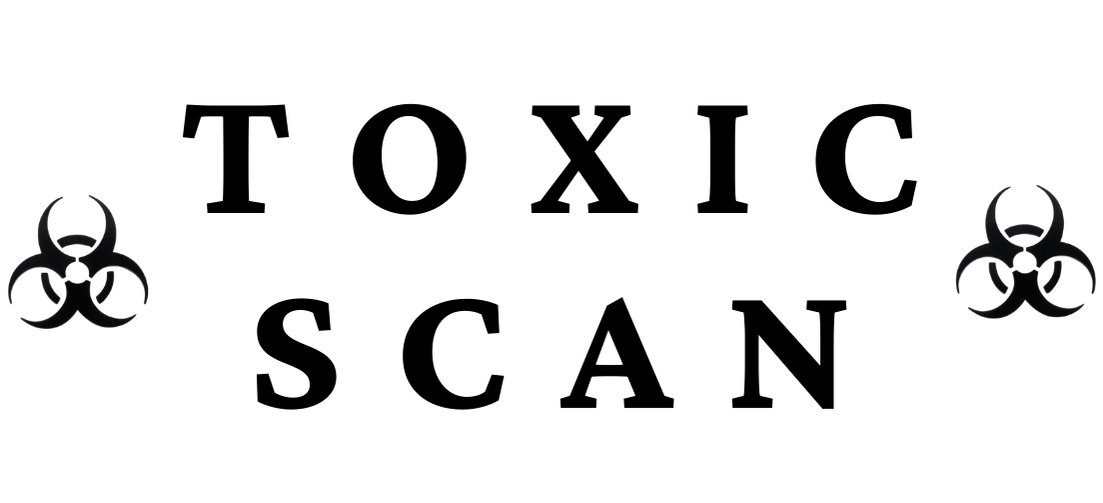E123: Amaranth
E123: Amaranth
What is E123 (Amaranth)?
Amaranth (E123), also known as FD&C Red No. 2, is a synthetic azo dye that produces a deep reddish-purple color in food products. Despite its name, it has no relation to the amaranth plant. This synthetic dye was once widely used in food, drugs, and cosmetics before being banned in several countries due to safety concerns.
Source and Production
Amaranth is produced entirely through synthetic chemical processes:
- Raw Materials: Derived from petroleum byproducts 2. Chemical Synthesis: Created through complex chemical reactions involving naphthalene derivatives and aromatic compounds 3. Azo Coupling: Involves diazotization reactions to form the characteristic azo (-N=N-) bonds 4. Purification: The dye undergoes purification to meet food-grade standards where still permitted
Unlike natural colorings, amaranth does not occur in nature and is wholly an industrial product.
Historical and Current Uses
Before regulatory restrictions, E123 was used in:
- Soft drinks and juices
- Candies and confectionery
- Cake mixes and baked goods
- Jams and preserves
- Ice cream and desserts
- Alcoholic beverages
- Medications and pharmaceuticals
- Cosmetics
In countries where it remains permitted, its use is often restricted to specific products and maximum allowed levels.
Health and Safety Concerns
Major Safety Issues
Amaranth has been associated with numerous health concerns, leading to its ban in several countries:
- Carcinogenicity: Some studies suggest potential carcinogenic effects
- Genotoxicity: Research has indicated possible DNA damage and mutagenic effects
- Reproductive toxicity: Animal studies have shown potential reproductive and developmental impacts
- Allergic reactions: Can trigger severe allergic reactions in sensitive individuals
- Hyperactivity: Like many synthetic dyes, may contribute to behavioral issues in children
- Asthma exacerbation: May trigger or worsen asthma symptoms
Scientific Research and Evidence
The ban in the United States came after research in the 1970s suggested amaranth might cause cancer in rats. While some subsequent studies have questioned these findings, the precautionary principle has generally been applied due to:
- Long-term exposure concerns
- Cumulative effects with other synthetic dyes
- Lack of nutritional benefit to weigh against potential risks
- Availability of safer alternatives
Susceptible Populations
Some populations may be at greater risk from amaranth exposure:
- Children, due to developing metabolic and detoxification systems
- Individuals with existing allergies or sensitivities
- People with compromised liver function
- Those with genetic variations affecting detoxification pathways
Regulatory Status Worldwide
Amaranth's regulatory status varies significantly around the world:
- United States: Banned since 1976 by the FDA
- European Union: Permitted as E123 but with significant restrictions
- United Kingdom: Permitted but rarely used due to consumer concerns
- Canada: Permitted in some alcoholic beverages only
- Japan: Permitted with restrictions
- Australia and New Zealand: Permitted with restrictions
- Russia: Permitted with restrictions
Alternatives to E123
Safer alternatives to amaranth include:
-
Natural red colorings:
- Beetroot extract (E162)
- Anthocyanins from berries (E163)
- Carmine (E120) - though not suitable for vegans or those with specific allergies
- Lycopene from tomatoes (E160d)
-
Other synthetic options with better safety profiles:
- Allura Red AC (E129) - though this also has some health concerns
- Red 3 (E127) - though also controversial
Identification on Labels
When shopping in countries where amaranth is still permitted, look for these names on ingredient labels:
- E123
- Amaranth
- FD&C Red No. 2
- C.I. Food Red 9
- C.I. 16185
- Acid Red 27
Conclusion
E123 (Amaranth) is a synthetic red food coloring with significant health concerns that has led to its ban in the United States and restrictions in many other countries. The high toxicity rating (5/5) reflects the multiple serious health concerns associated with this additive, including potential carcinogenicity, genotoxicity, and allergic reactions.
While regulatory bodies in some regions still permit its limited use, consumers concerned about food safety may wish to avoid products containing this additive entirely. Given its high-risk profile and the existence of safer alternatives, amaranth represents one of the more controversial and potentially harmful food additives still in use in some parts of the world.
